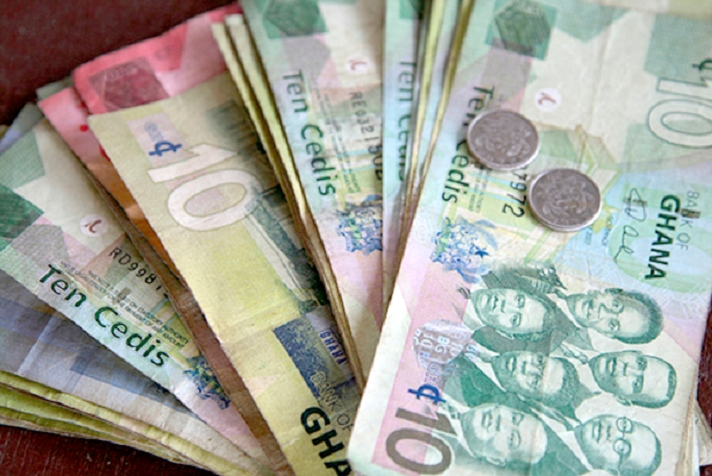The banking industry has recorded profit after tax of GH₵2.24 billion post banking reforms. This represents a 38.4% growth over profits recorded for the same period last year.
According to the September 2019 Banking Sector Report, the strong profit performance was underpinned by higher growth in net interest income of 26.3% in August 2019 after recording a marginal contraction in August 2018, as well as modest growth in fees and commissions (12.0% in August 2019 compared to 14.6% in August 2018).
The higher growth in net interest income reflected both higher interest income from investments and credit.
Investment income constituted the greatest proportion of banks’ total income of 44.8% in August 2019, in line with its higher share of total assets compared to the other asset components.
Income from loans was the second-largest source of income for the banks.
The share of banks’ income from commissions and fees also marginally declined to 12% in August 2019 from 12.8% a year earlier. Other income from ancillary banking services inched up to 8.6% of total income from 8.3% recorded during the same period in 2018. The higher growth in operational expenses by 13.4%, against a favorable decline of 4.3% in the previous year moderated the effect of the strong growth in net interest income on net income.
Similarly, a pickup in total provisions by 28.1% in August 2019 from a decline of 7.9% in August 2018 partly negated the positive effect of the growth in net interest income and fees and commissions on net income.
Return on Assets and Return on Equity
According to the report, the strong profit outturn during the review period translated into improved banking sector profitability indicators as reflected in the main indicators, namely, after-tax Return on Equity (ROE) and before-tax Return on Assets (ROA).
The sector’s ROE, computed as a ratio of after-tax net income to average shareholders’ funds increased to 20.9% in August 2019 from 16.9% in August 2018 while the ROA, measured as the ratio of net income before-tax to average total assets increased to 4.3% from 3.3% during the same comparative period.
Credit risk
Asset quality improved within the banking industry as the stock of non-performing loans as well as the Non-Performing Loans (NPL) ratio declined in August 2019 compared to the same period last year, the report emphasized.
The improvement in asset quality is expected to be sustained by continued implementation of Bank of Ghana’s loan write-off policy, intensified loan recovery efforts, as well as stronger credit risk management practices by banks.
Financial soundness indicator
The key financial soundness indicators of the banking sector showed broad improvements within the period under review. Liquidity remained strong in the banking sector during the review period in spite of marginal declines in the liquidity indicators. The ratio of core liquid assets (mainly cash and due from banks) to total deposits declined marginally to 35.3% in August 2019 from 39.5% in August 2018.
The decline in the ratio was largely due to the fact that total deposits increased while cash holdings of banks declined as banks shifted the asset mix in favor of net advances.
The banking industry’s solvency position in August 2019 remained strong with Capital Adequacy Ratio (CAR) under the Basel II/III framework of 19.8%, well above the 13% prudential minimum which comprises the statutory minimum of 10% and the prudential buffer of 3%.
In conclusion, the banking sector has remained well-capitalized, solvent, liquid and profitable with significant gains recorded since the completion of the reforms and recapitalization exercise.
The balance sheet of the banks remained strong with continued recovery in August 2019.



